The Grandiose Ambition of the Great Southern of Spain Railway Company Ltd.
GSSR's Steel Gateway & Gillman's Masterpiece (1903)
The creation of the massive El Hornillo Ore Loading Pier in Águilas (1903), the true commercial climax of the GSSR. Learn how Gustave Gillman designed this 175-metre industrial cathedral to replace medieval, manual ore loading, instantly matching the railway's ambition. We will look at the ingenious dual-track system, the 50,000-tonne storage capacity, and how this engineering marvel secured the GSSR's future after 1903.
By Nick Nutter on 2025-10-5 | Last Updated 2025-10-23 | The Grandiose Ambition of the Great Southern of Spain Railway Company Ltd.
This article has been visited 239 times

El Hornillo ore loading dock in 2024
The Gateway to the World: El Hornillo Ore Loading Pier (1903)
The story of the Great Southern of Spain Railway's long journey from the interior to the sea reaches its symbolic and functional climax not with the laying of the last rail, but with the construction of the El Hornillo ore loading dock at Águilas. It wasn't completed until 1903, seven years after the line reached Baza, but it became a colossal, imposing monument to British ingenuity and the one thing that truly secured the railway's future.
Do you enjoy my articles? For your reading pleasure, this website does not carry third party ads. You could help me write more articles by buying me a cup of coffee.
From Baskets to Brute Force
By the turn of the century, the GSSR was carrying more iron ore than its existing facilities could possibly handle. The railway was using the old port's facilities, which relied on seven turntables and a chaotic system where oxen and donkeys hauled ore from the hoppers to the quayside. The final step was almost medieval: the ore was put into esparto baskets and manually carried onboard the waiting ships. This inefficient, slow method was strangling the economic viability of the entire railway line.
The GSSR had long foreseen this bottleneck. In 1899, it created a new entity, The Hornillo Company Ltd., specifically to build a modern, high-capacity loading pier. The two companies were essentially joined at the hip, sharing offices, directors, and the visionary leadership of Gustave Gillman himself.
An Engineering Masterpiece
To call El Hornillo a mere loading dock is a gross understatement; it was an industrial cathedral of concrete and steel.
The massive structure stretched 175 metres long and stood 14 metres high, supported by solid concrete plinths. Its innovative design allowed the GSSR to finally match the scale of its ambition:
Storage and Loading: The pier featured two tracks on different levels, allowing the GSSR to store up to 50,000 tonnes of ore in hoppers until a ship arrived. It could load two ships simultaneously.
Ingenious Trackwork: The heavy ore trains, split into segments of six wagons and weighing over 350 tonnes each, were pushed by powerful locomotives up the steep ramp to the pier. The locomotive often required several "run-ups" just to make it up the incline, much to the amusement of onlookers.
Shifting Wagons: Once at the top, an ingenious feature at the pier's far end allowed a section of track to move horizontally, shuttling empty wagons sideways to clear them from the main path. A third track was later added to efficiently return the empties.
The chutes were also cleverly designed to load a ship on the right side of the pier from a train on the left track, and vice versa. It was a model of turn-of-the-century efficiency.
The True Culmination
The construction of El Hornillo was more than a technical achievement; it was the financial masterstroke that validated Gillman's vision. The pier’s ability to handle vast quantities of ore transformed the GSSR’s economic fortunes and probably saved the company.
Its inauguration on August 18, 1903, was a major turning point. Two days later, the first shipment—4,000 tons of iron ore—was dispatched to Glasgow on the SS Gwentland. By 1906, the pier had loaded nearly 285,000 tonnes of ore onto waiting ships, firmly cementing the GSSR’s position as a vital industrial artery linking the Spanish interior to the broader international market.
The railway's private era came to an abrupt end with the Spanish Civil War. On July 17, 1936, the line was seized by the Railway Workers Council. This led to a final dramatic story: John Gillman, Gustave's son and the GSSR’s new managing director, was imprisoned and faced execution. Fortunately, influential friends secured his release and arranged his escape to Gibraltar, marking a stark and dramatic end to the British administration.
The next chapters will follow the remaining route of the original concession: the final, difficult push from Baza to Granada.
Enjoying This Article – FREE to read on Kindle Unlimited?
My new book, 'The Grandiose Ambition of the Great Southern of Spain Railway Company Ltd.’ is now available as a fully illustrated, colour, paperback from Amazon, as a downloadable ebook from Kindle and Free to Read on Kindle Unlimited.
Do you enjoy my articles? For your reading pleasure, this website does not carry third party ads. You could help me write more articles by buying me a cup of coffee.

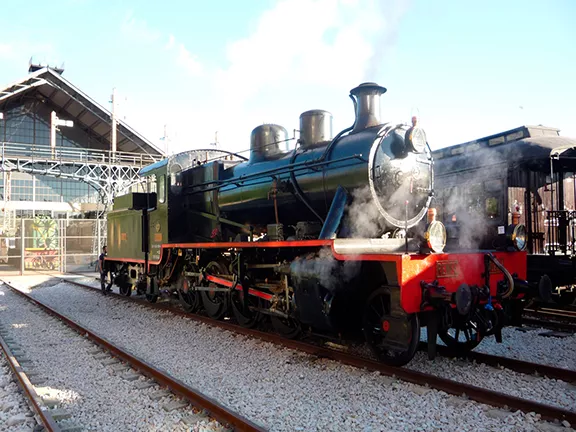 1: Setting the Stage for the GSSR
1: Setting the Stage for the GSSR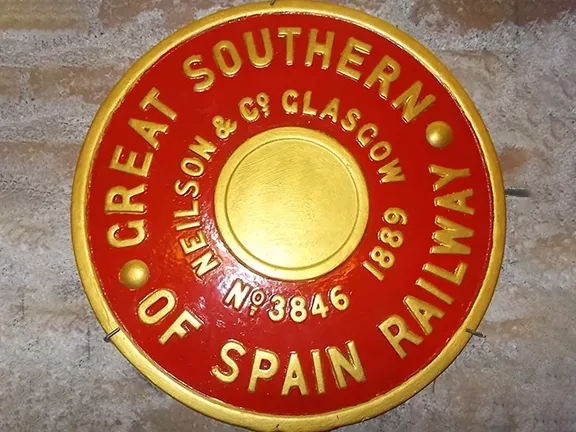 2: Founding the GSSR
2: Founding the GSSR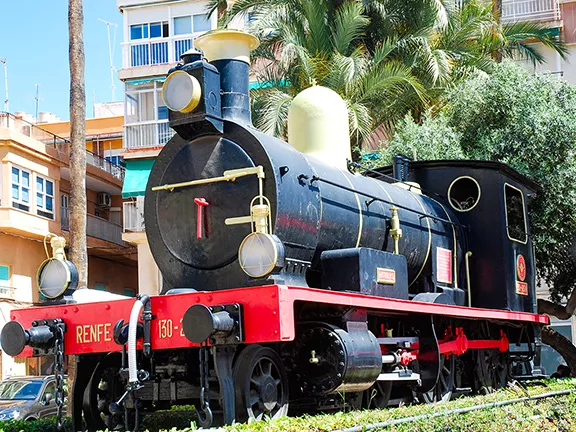 3: Águilas to Almendricos and Lorca (1885–1890)
3: Águilas to Almendricos and Lorca (1885–1890)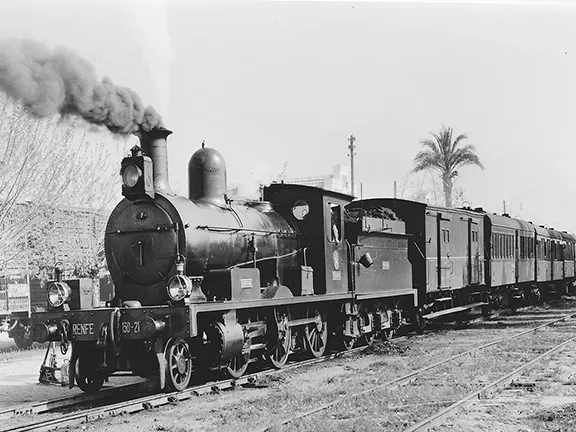 4: Implosion of Hett, Maylor & Co.
4: Implosion of Hett, Maylor & Co.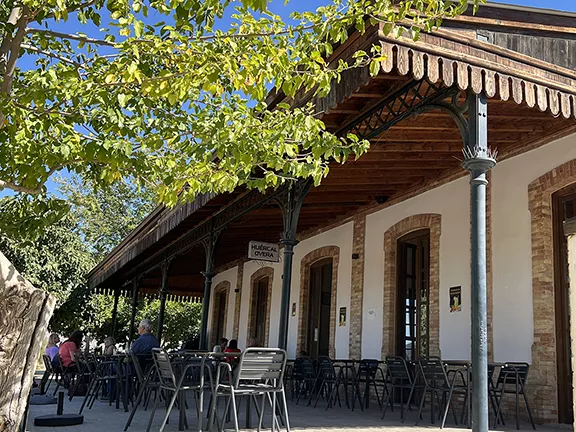 5: Almendricos to Huércal-Overa (1890–1891)
5: Almendricos to Huércal-Overa (1890–1891)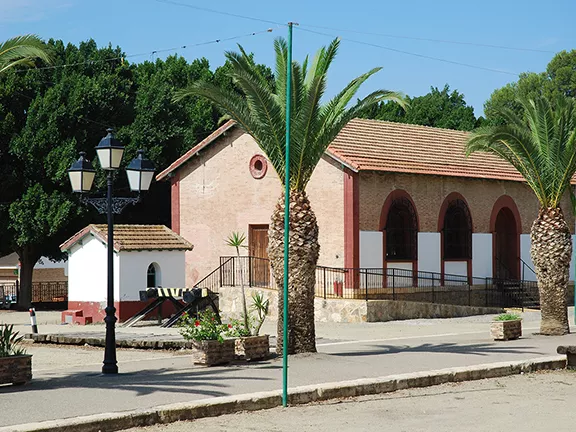 6: Huércal-Overa to Zurgena (1891–1892)
6: Huércal-Overa to Zurgena (1891–1892)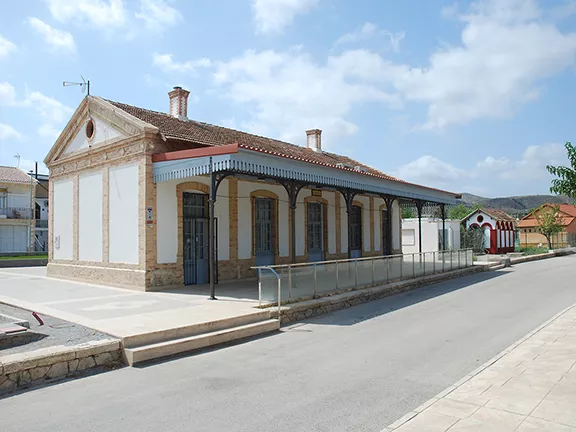 7: Zurgena to Almanzora (1892–1893)
7: Zurgena to Almanzora (1892–1893)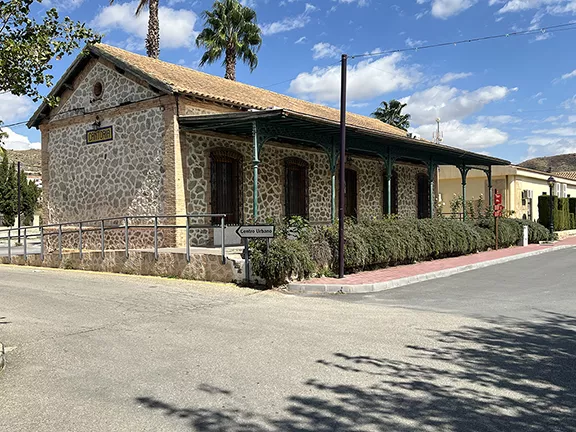 8: Almanzora to Purchena (1893–1894)
8: Almanzora to Purchena (1893–1894)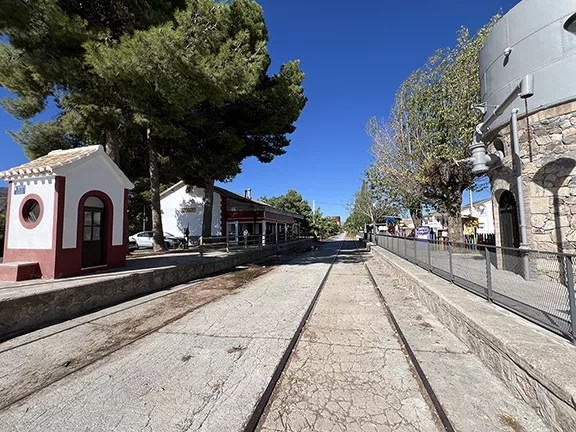 9: Purchena to Serón (1894)
9: Purchena to Serón (1894)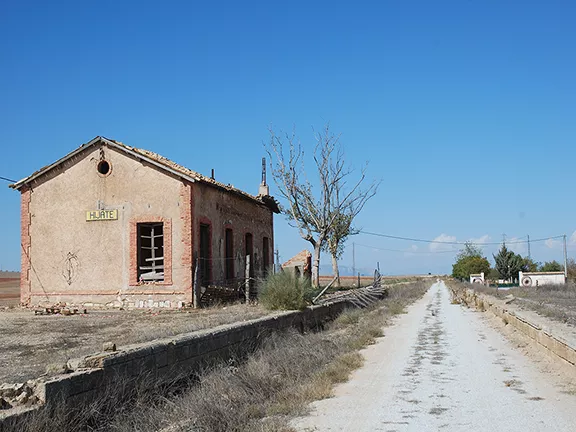 10: Serón to Baza (1894)
10: Serón to Baza (1894) 12: GSSR Concession Transfer
12: GSSR Concession Transfer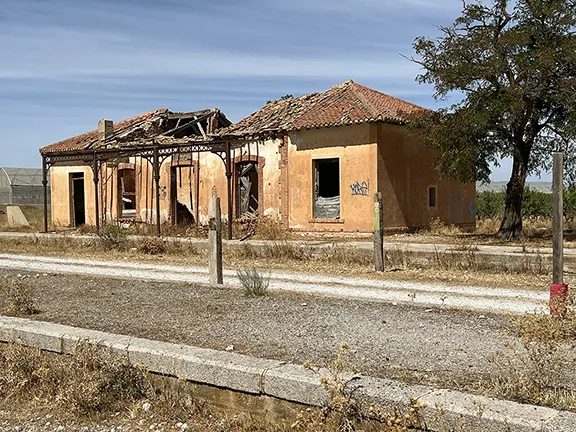 13: Baza to Baúl (1906)
13: Baza to Baúl (1906)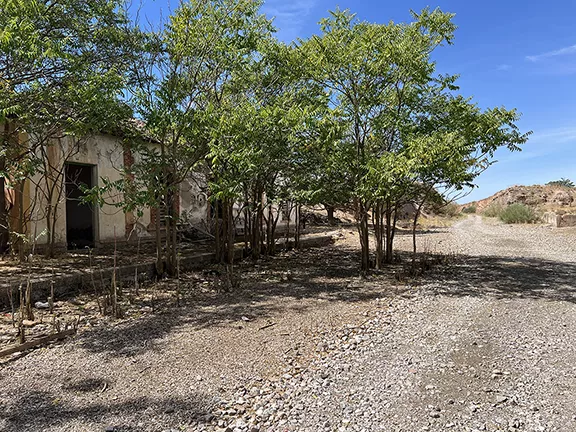 14: Baúl to Gor
14: Baúl to Gor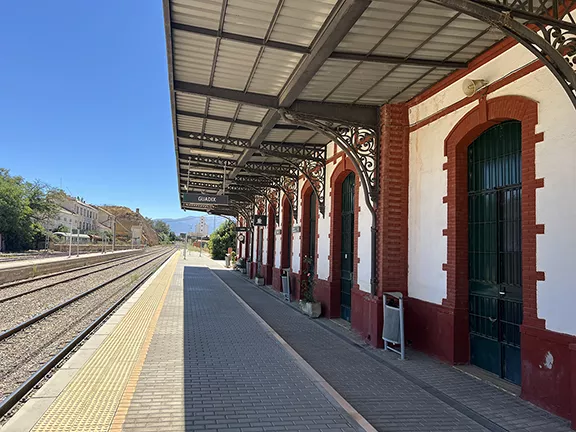 15: Gor Viaduct Disaster (1905)
15: Gor Viaduct Disaster (1905)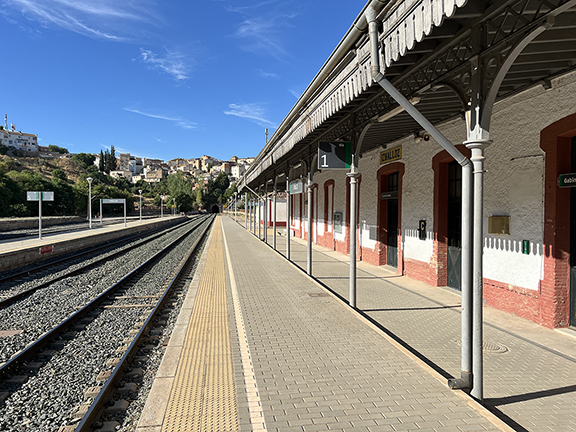 16: Granada to Guadix (1904)
16: Granada to Guadix (1904)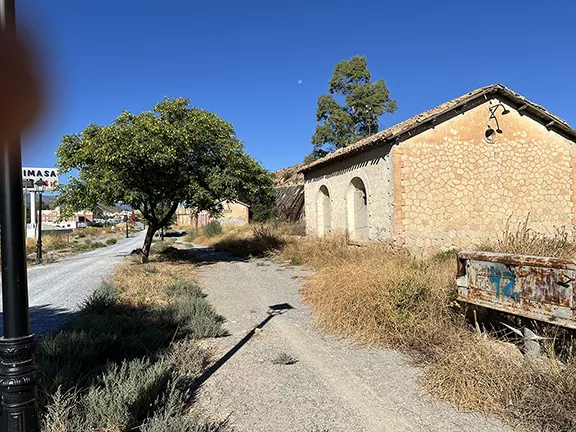 17: The Twilight and Rebirth of the GSSR
17: The Twilight and Rebirth of the GSSR